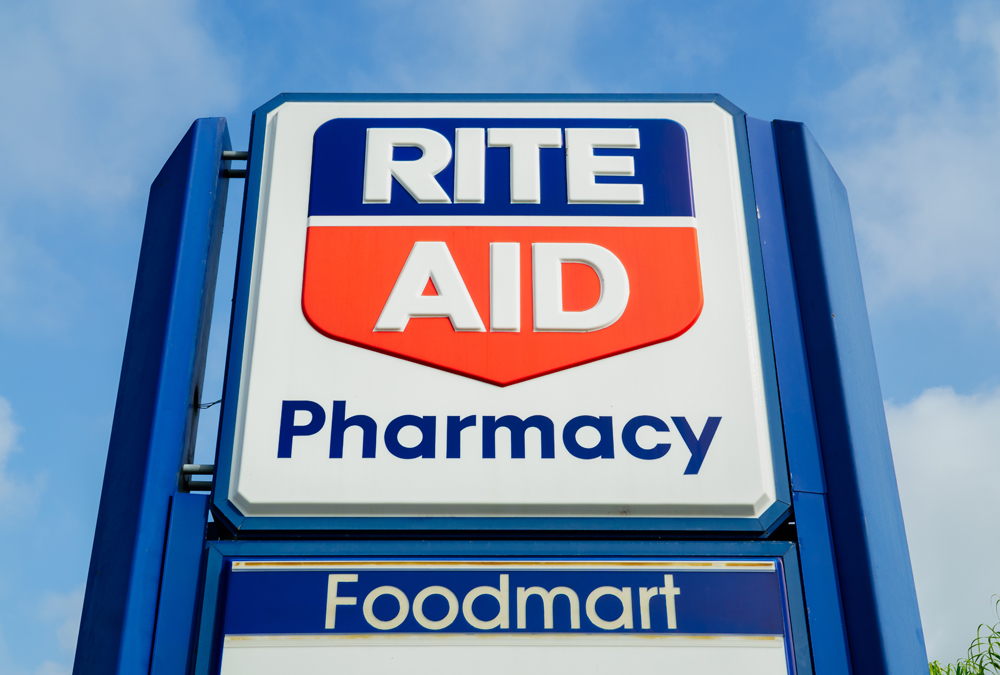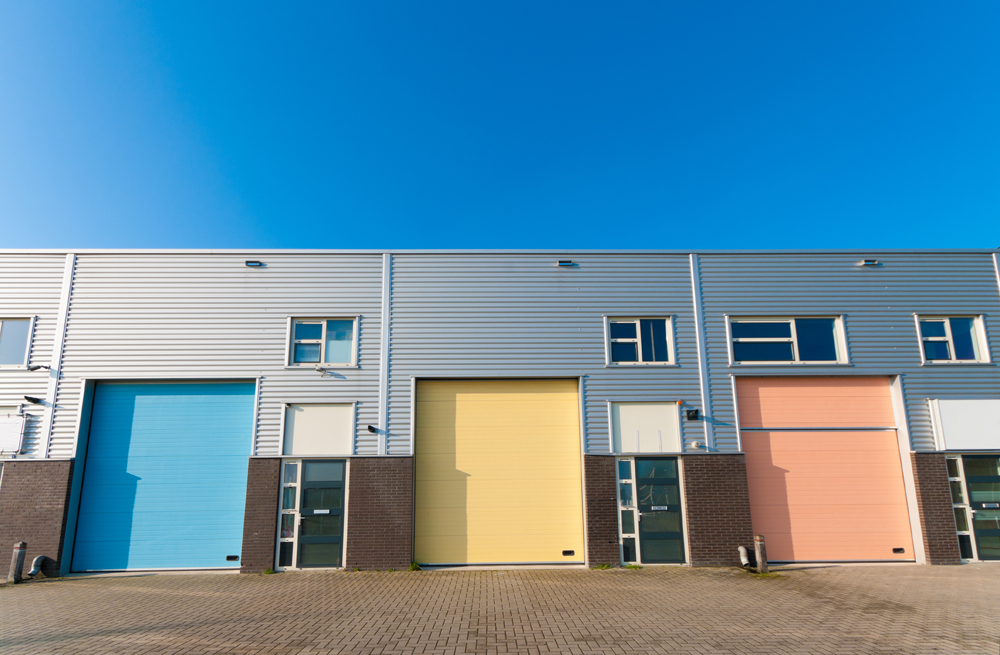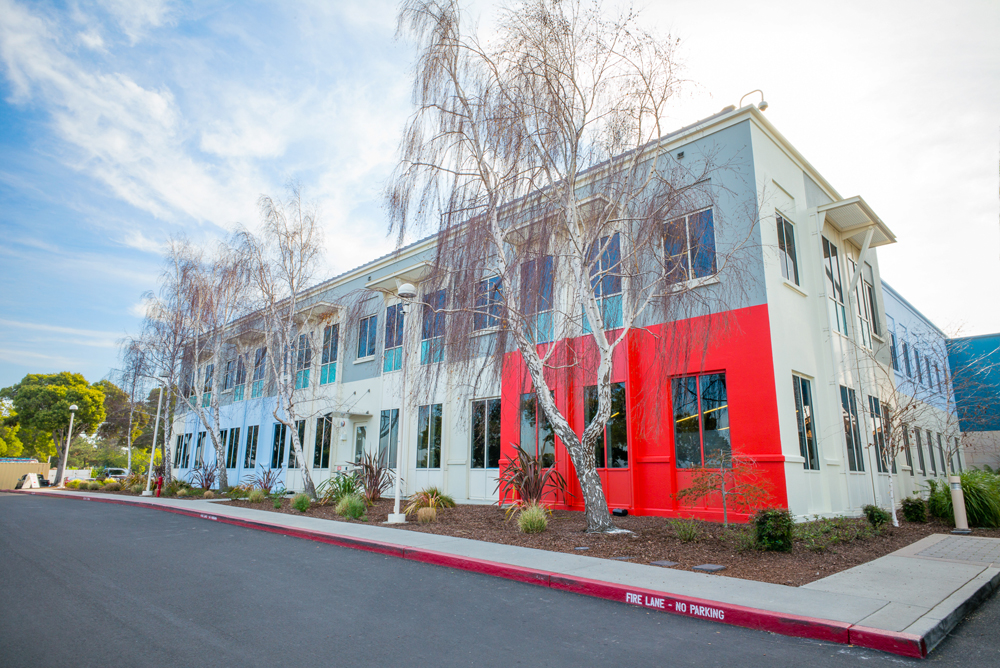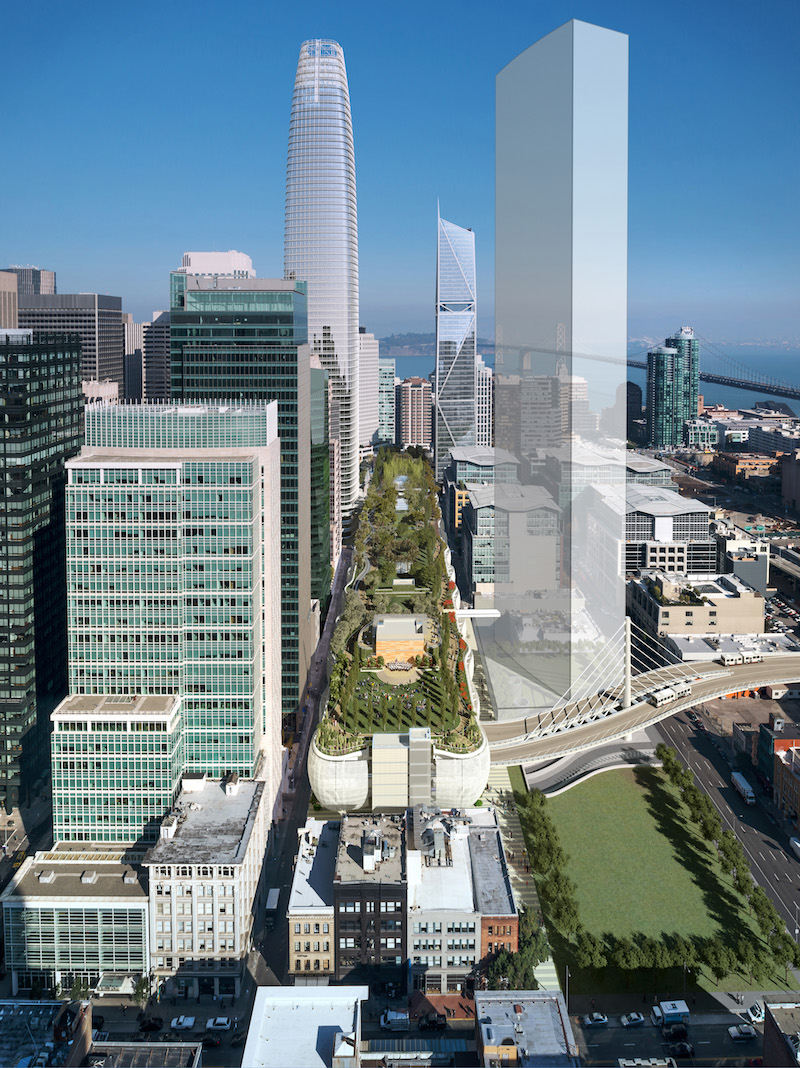On Tuesday, February 14, 2017, Federal Reserve Chair Janet Yellen testifed before the Senate regarding current economic trends, bank lending, and possible changes to Dodd-Frank. According to Bisnow, Yellen stated that due to “solid job growth, rising inflation, and healthy wages” that she may “recommend another rate hike” but did not provide specific timing of an increase. The Fed will be exploring the rate hike discussion at its upcoming meeting in March at which a clear timeline may emerge, however, as the article notes Yellen clarified that any future rate hikes would be steered by “economic trends alone” and not on “speculation on fiscal stimulus”.

In regards to bank lending, Yellen indicated that “commercial and industrial loans have surpassed” the number of loans made during the “2008 peak”. Although U.S. institutional lending had decreased, according to the article, capital for commercial projects has been buoyed by “foreign investment and rising interest from institutional investors.” Further, “commercial and industrial loans have been on the rise…increasing by an average rate of 10.6% a month over the last five years.”











